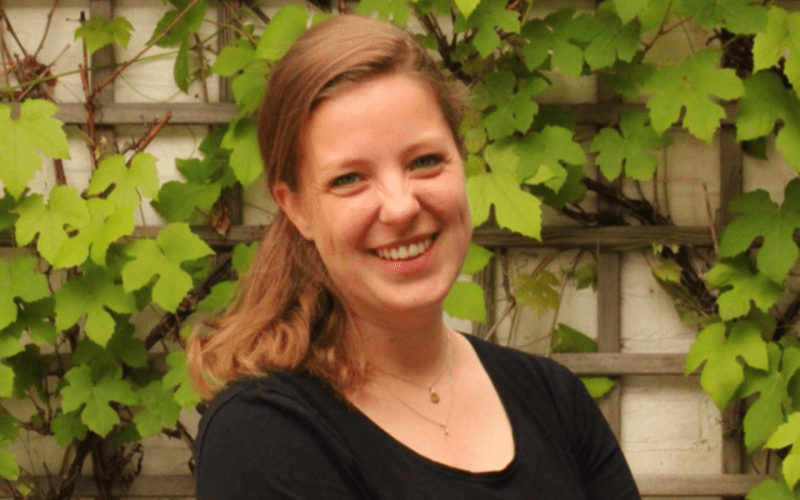Treating a narrowed pulmonary artery can prevent serious complications in young heart patients. Research from UMC Utrecht shows that an understanding of how the blood flows is important here.
A large proportion of children with a congenital heart defect will at some point in time develop a narrowing in the pulmonary arteries. This may be caused by the heart defect itself, or it may be a consequence of the heart operations they have to endure, often at a young age. Such a narrowing prevents the blood from flowing optimally to the lungs and can lead to fatigue, arrhythmias, and even sudden cardiac death. Treating the narrowing with a stent or surgery can prevent serious complications. But what is the best time to intervene and how can you best prepare for surgery and cardiac catheterization? Maartje Conijn discovered that insight into how the blood flows plays an important role in this, and that the best approach needs to be determined for each patient. She will receive her doctorate on June 2 for her research
Obtaining the best possible picture of the heart anatomy in patients with congenital heart defects is essential. “The anatomy is different in each patient and so an optimum image is important in order to arrive at a good diagnosis and a tailor-made treatment plan,” says Conijn. “At UMC Utrecht we use various techniques for 3D imaging (including CT, MRI and 3D rotational angiography). Combining 3D imaging with research into how the blood flows in the blood vessels improves both diagnosis and treatment. That is why we are increasingly focusing on developing techniques that can make blood flow visible and measurable.” One of these techniques is Computational Fluid Dynamics (CFD). After reconstructing the 3D anatomy of a blood vessel, the blood flow in the vessel can be visualised using mathematical and physical formulas.
“This technology is an additional tool to answer an essential question,” says Conijn. “How can we help the heart to pump blood around as efficiently as possible with as little effort as possible?” The CFD model she developed can calculate how the blood flows through the narrowed pulmonary artery based on the 3D model of the heart, the child’s weight and the number of heartbeats per minute. The researchers can calculate this for the child at rest, but also during exercise. In the computer model, they also simulate the effect of various treatment options such as a stent or surgery. They can digitally vary the exact location and size of a stent, for example. This provides additional knowledge about the impact of different treatment options. And in the future it will lead to treatments that are even more tailored to the specific patient.
For patients with a congenital heart defect the application of CFD technology will have various advantages in the future. Doctors can use the information provided by the simulation model to weigh up more thoroughly whether treatment is necessary and, if so, what the best treatment is for the patient. Moreover, they can prepare this treatment even better based on the additional data about how the blood flows through the pulmonary artery. Maartje Conijn: “My involvement in this research goes from the development of the workflow to the early preclinical phase in which we investigated blood flow issues in a small group of patients. In the future, clinical research with more patients will be necessary. I am fully confident that in the future this technique will be of great added value for patients with congenital heart defects!”
